Plus, how to fix them.
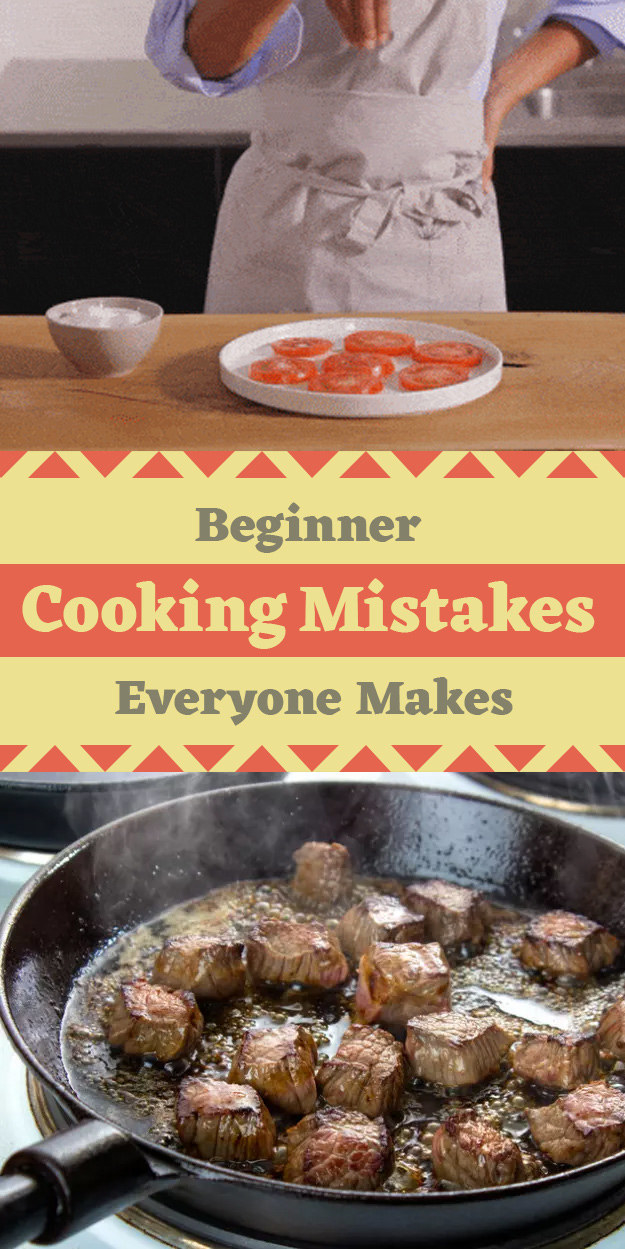
Andrew Richard/BuzzFeed
Cooking can be difficult, but making mistakes is an inevitable part of learning. And those mistakes can make you better in the run long.
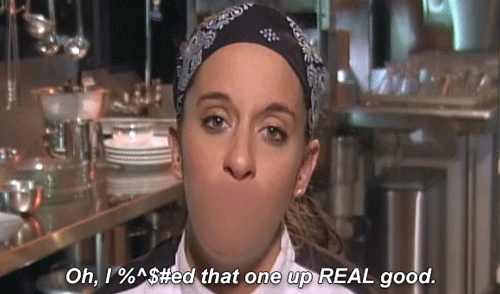
Fox
You don't add enough salt.
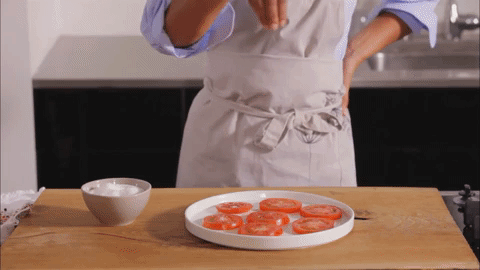
This is one of the main reasons why restaurant food often tastes better than home cooking. You want to add enough salt to your food so the flavors come through, but not so much that it tastes overly salty. Learning how to get it just right can be tricky, but if you taste as you go and don't rush things, you'll be A-OK. Read more about sating like a pro here.
Food Network Asia / Via youtube.com
You don't add enough (or any) acid to your dish.
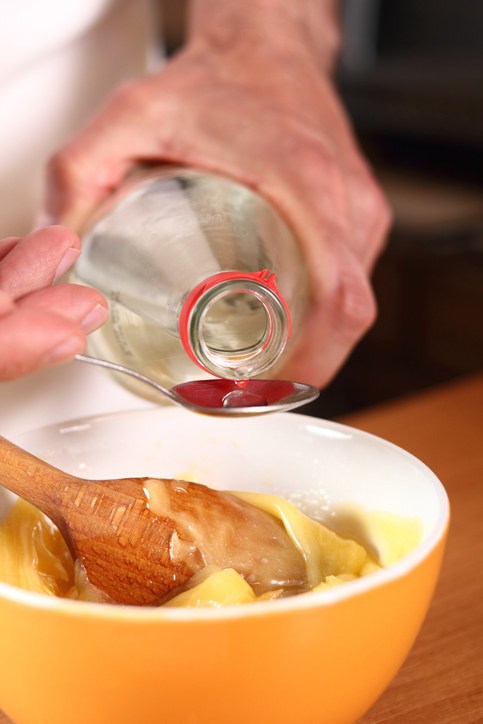
Just like salt, acid helps flavors come through and brightens a dish. For especially rich foods (such as a butter sauce), a squeeze of lemon juice or touch of vinegar can drastically improve the flavor. If you've salted your food but it still tastes flat, try adding a splash of acid. Learn more about seasoning with acid here.
Vinicef / Getty Images
You don't give your pans enough time to heat up.
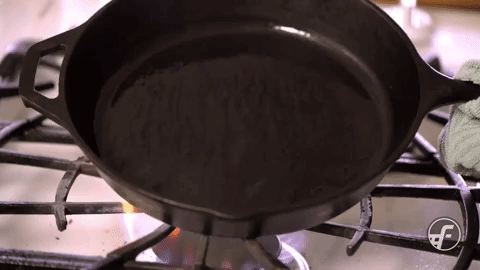
Another reason why restaurant food tastes so good is their burners can often get much hotter — that means steaks get a darker sear and fried rice develops a smokier flavor. To mimic the intense heat at home, chef Grant Achatz (chef of Alinea restaurant in Chicago) recommends heating your cast-iron pan up for a full 30 minutes if you're cooking a steak — but a quick five minutes of heating will also make a huge improvement and give you a nice, deep sear. (Just note that some pans are not meant to be heated this hot — like nonstick pans).
You constantly move your food around instead of letting it brown...

It's tempting to move, flip, and poke your food as it cooks — but you must resist! A nice golden color gives your food great flavor, and constantly moving it will make it pale and bland. So sit back, be patient, and give your food enough time to develop some color.
Bgton / Getty Images
And you overcrowd the pan.
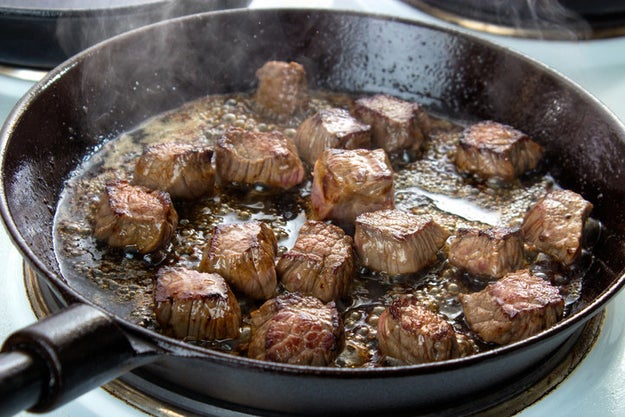
Just like moving the food too much, overcrowding a pan will make it almost impossible to get a nice golden color. Make sure you give your food enough room in the pan — you don't want to cram a ton of food into a tiny pan. This is especially important for proteins like steak, chicken, and fish that taste much better with some color (because nobody wants a gray steak).
Arijuhani / Getty Images
You're using the wrong oil.
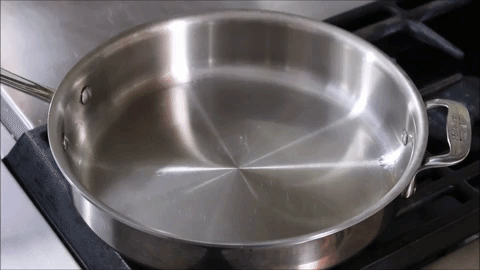
A lot of beginner cooks think that olive oil is the go-to oil for everything— but that's not the case. Olive oil has a low smoke point which means it can actually burn and start smoking if heated too high — this is not only dangerous, but can make your food taste bad. If you're cooking something at a high temperature (like a stir-fry), choose an oil with a higher smoke point such as canola. It won't burn and you won't risk developing an undesirable flavor.
You stir your rice as it cooks.
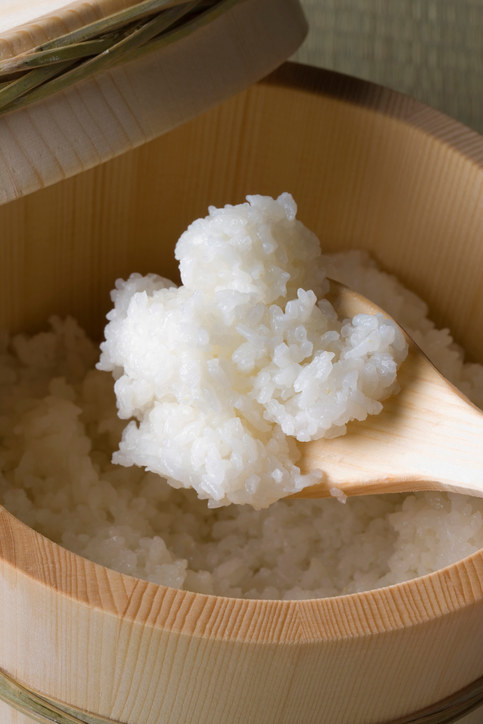
The reason risotto is so darn creamy is because you constantly stir it, but you don't want your regular ol' rice to be creamy. Stirring it activates the starch, and this can actually make it gluey instead of fluffy — so resist the temptation and let it be!
Paylessimages / Getty Images
You don't realize that your oven runs too hot (or too cold.)
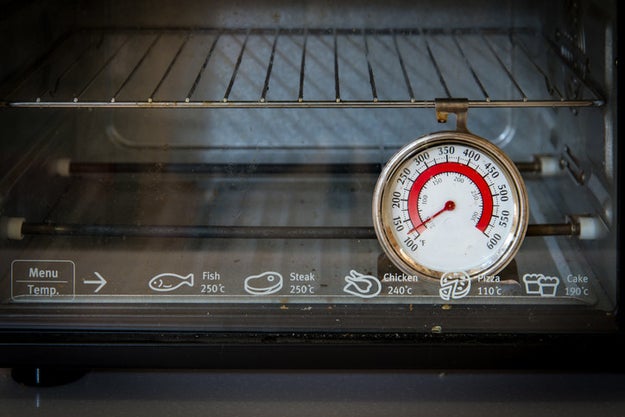
Most people know that baking something at the wrong temperature can mess up a recipe, but did you know that some ovens — especially older models — don't actually bake at the proper temp? To figure out if yours does, invest in an oven thermometer ($6.29 on Amazon) to double check. It'll give you that added bit of insurance that your baked goods will, in fact, turn out right.
Nirad / Getty Images
You don't prep your ingredients before you start cooking.
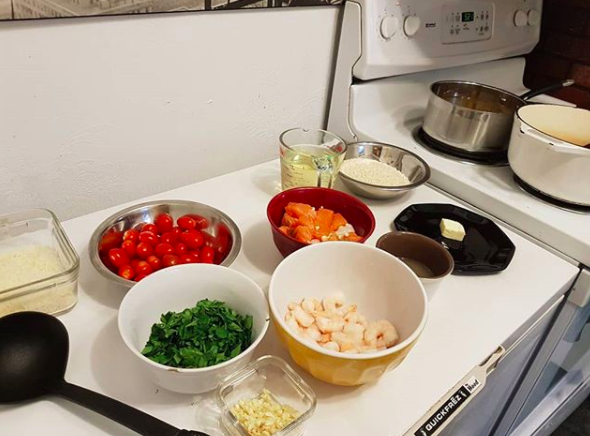
Mise en place is a fancy term that chefs use for having everything prepped and ready to go before you start cooking. For home cooks, making sure you have everything ready can help you avoid any mistakes and give you more time — it'll also make sure you're not halfway through a recipe and realize you don't have something you need.
You buy the wrong cuts of meat for your recipes.
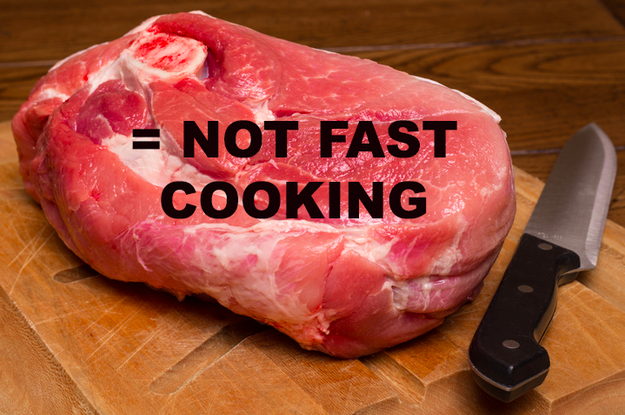
Steaks come in all shapes and sizes, and they require different cooking techniques. For example, a pork tenderloin is pretty lean and cooks quickly while a pork shoulder requires long, slow cooking to make it tender. So when a recipe calls for a specific cut of meat, make sure you use that (or at least get something similar). You can learn a bit more about different cuts of meat here.
Getty Images
You don't dry your proteins before cooking them.
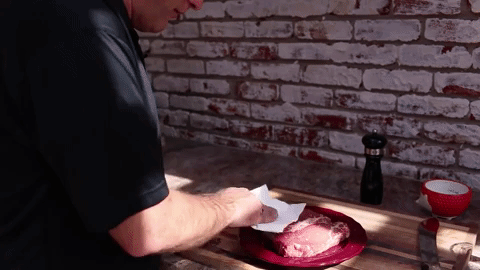
Whenever you go to cook a piece of protein (be it chicken, steak, tofu, etc.) make sure it's dry. This will make sure it gets a nice dark sear and can actually prevent the oil from popping up at you (because hot oil and water do not mix).
You overcook (AKA burn) your garlic.
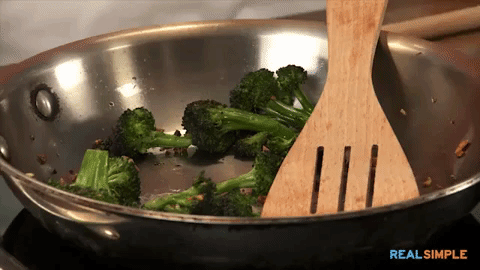
Burnt garlic is gross. It tastes terrible and adds a bitter flavor to your dish. To make sure you don't end up with it, don't add your garlic too early in a recipe, and make sure your pan isn't super hot. A hot pan can instantly burn minced garlic, so it's important you both monitor the temp and be aware of how long you'll be cooking it for — a minute is usually more than enough time to cook garlic. Learn a bit more about preventing your garlic from burning here.
Real Simple / Via youtube.com
You use a nonstick pan for everything.
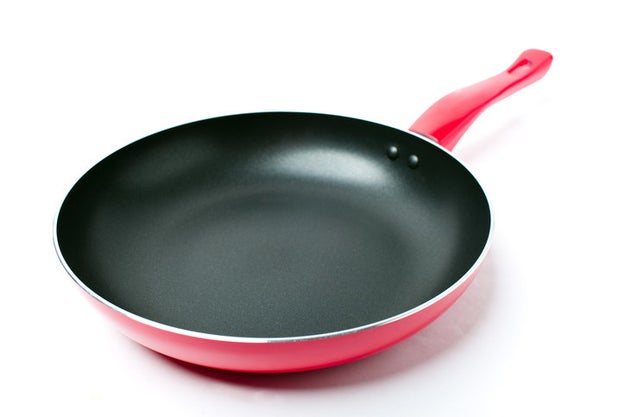
Nonstick pans are great for some things, but not for everything. They can't get as hot as cast-iron pans, and the distribution of heat isn't always as even. Reserve these for certain cooking tasks — like making omelets or scrambled eggs — and save your heavier pots for high-heat cooking.
Konstik / Getty Images
You measure dry ingredients in wet cups and vice-versa.

There are two kinds of measuring cups: wet and dry. The wet ones (like the photo above) are used for things like oil, water, and anything else that is a liquid (including sticky ones like honey or corn syrup) — dry ones are used for everything else. Dry measuring cups are designed to be filled all the way to the top, while liquid cups have a line below the rim so you don't spill anything. Although the difference might be small, it can make a big difference in recipes (especially baking).
Getty Images
Let's get cooking!

Disney/Pixar
via BuzzFeed/Food
